|
ID |
Nickname |
Country / City |
Languages |
Taxonomies |
Comment |
Project / Group |
Map |

|
108709
|
Ticiana Sprok
|
Hungary
Diósjenő
|
|
|
Strolling along the street in a city, I saw a sign with directions in two languages: Hungarian, and Slovakian. The multilingual sign brought back the memory of how language can open up to accessibility and inclusivity. Having grown up in a multicultural environment myself, I experienced how language barriers shut communities off. The use multiple languages in public places not only takes precedence toward diverse populations but affirms their presence. This sign reminded me that linguistic diversity should be treated as something very positive and not as a challenge. It is multilingualism that brings people closer ad relates them to one another.
|
Multilingual Hawaiʻi
|
|

|
108710
|
Ticiana Sprok
|
Kuwait
Hawally
|
|
|
In a diversified neighborhood, I saw a storefront with Arabic and English signage. What caught my attention in particular was the dual-language sign that triggered these thoughts: business ventures are responsive to the needs of their community. Having grown up in an area with a rich tapestry of cultures and languages, I appreciate how multilingual signs foster inclusivity. They give a sense of belonging and an opportunity for recognition to those who might otherwise be excluded. After all, this has been an experience that really puts to the test my understanding that language use in public spaces is not about information alone but also respect and recognition toward cultural identity.
|
Multilingual Hawaiʻi
|
|

|
108711
|
Ticiana Sprok
|
Hungary
Budapest
|
|
|
The other day, while sitting on the tram, I came across a public transport announcement system that switched from Hungarian to English. This was one such incident when I began to realize just how multilingualism is increasingly recognized in public places, accommodating diverse populations. It makes me reflect how these multilingual announcements are important to let everybody move around the city in comfort. Raised with multiple languages, I was constantly made to realize the value of being able to understand and be understood. Through these announcements, it really underlined how much access to language can add to public services and to the inclusivity of a city.
|
Multilingual Hawaiʻi
|
|

|
135663
|
Solo
|
United States
Honolulu
|
|
|
—
|
Multilingual Hawaiʻi
|
|

|
135664
|
Solo
|
United States
Honolulu
|
|
|
—
|
Multilingual Hawaiʻi
|
|

|
135665
|
Solo
|
United States
Honolulu
|
|
|
—
|
Multilingual Hawaiʻi
|
|

|
108707
|
ryansunada
|
United States
New York
|
|
|
—
|
Multilingual Hawaiʻi
|
|

|
108708
|
ryansunada
|
France
Paris
|
|
|
—
|
Multilingual Hawaiʻi
|
|

|
108712
|
ryansunada
|
United States
Honolulu
|
|
|
—
|
Multilingual Hawaiʻi
|
|
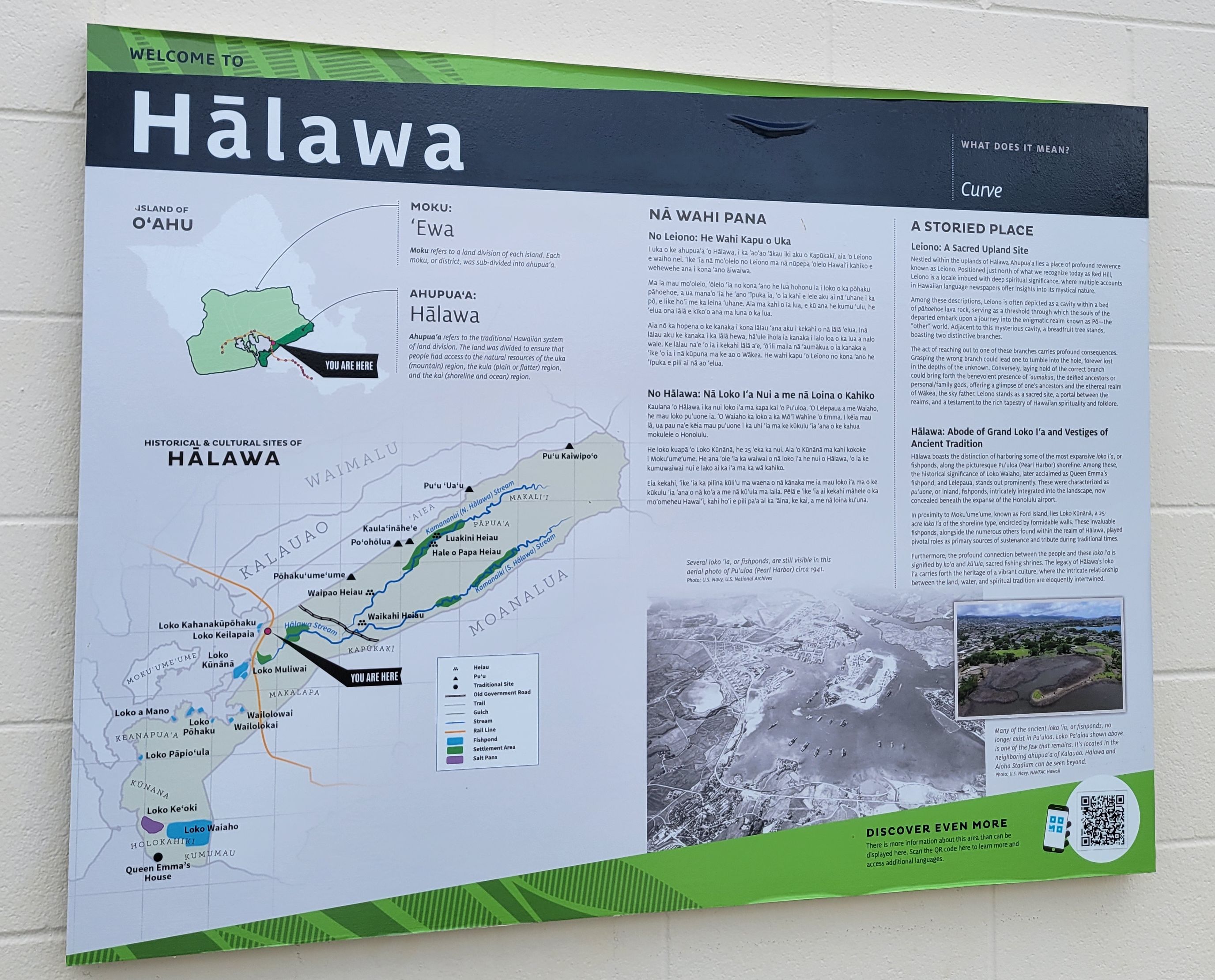
|
118144
|
kyp
|
United States
Halawa
|
|
|
—
|
Multilingual Hawaiʻi
|
|
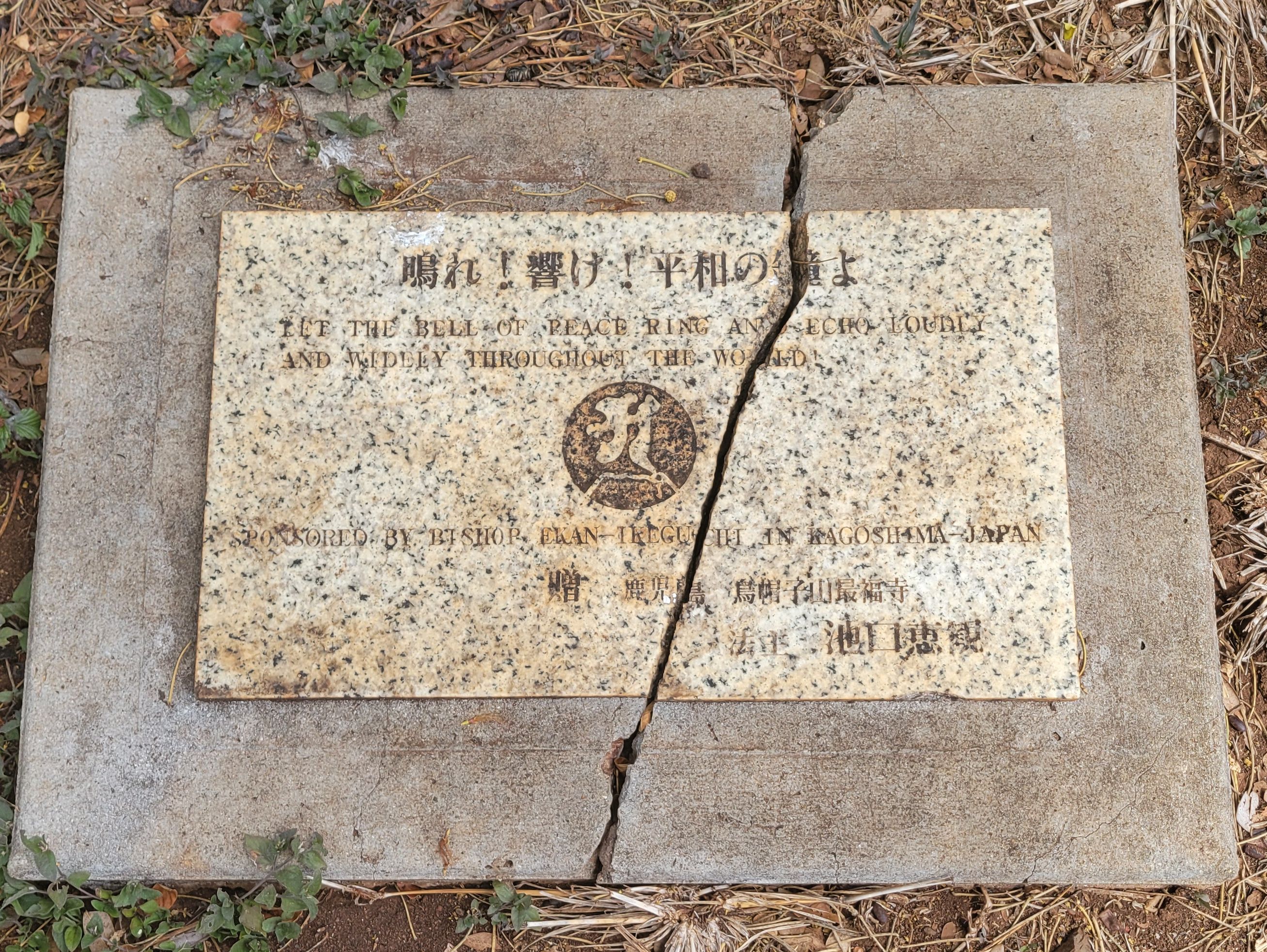
|
118145
|
kyp
|
United States
Aiea
|
|
|
Japanese Peace Bell
Located on Neal S. Blaisdell Park
|
Multilingual Hawaiʻi
|
|
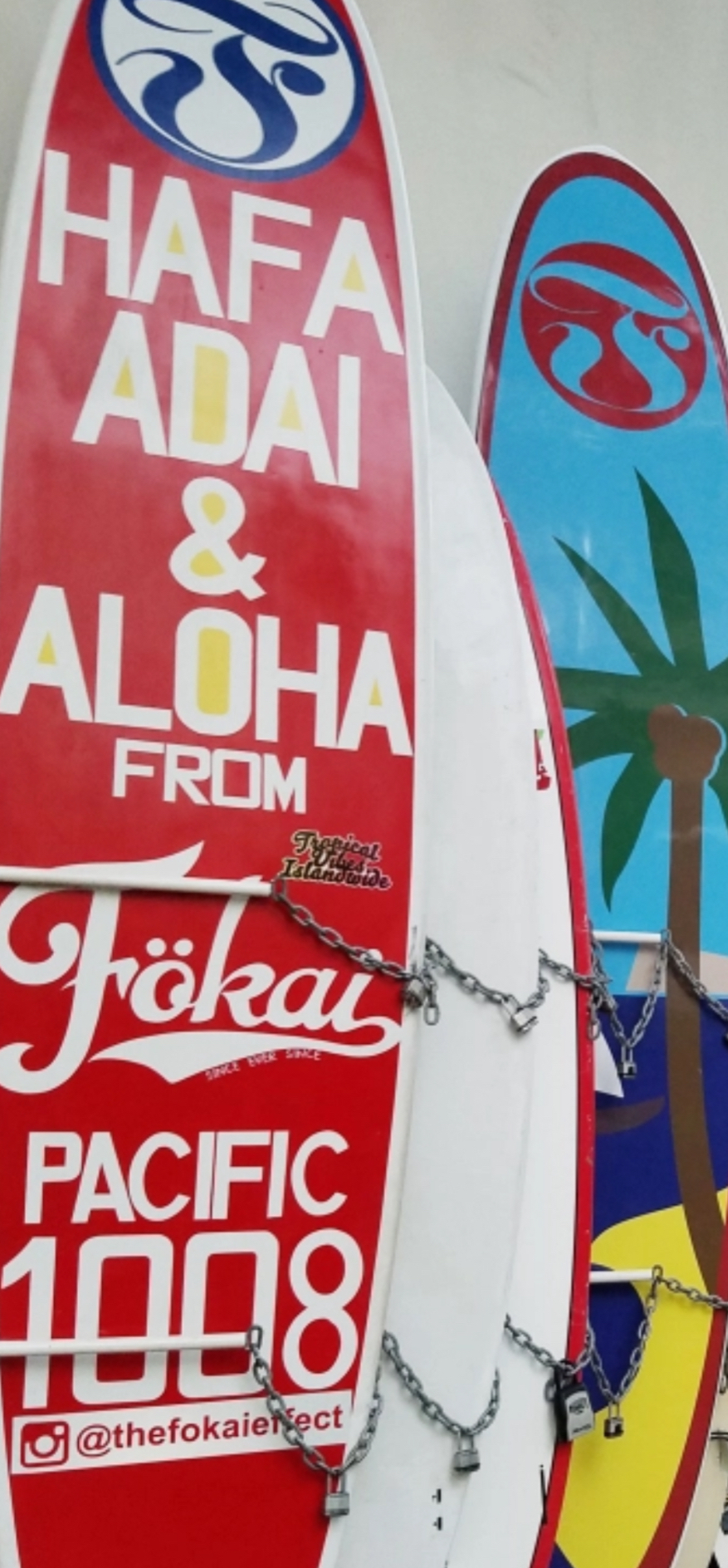
|
134147
|
Jeromyy
|
United States
Honolulu
|
|
|
—
|
Multilingual Hawaiʻi
|
|
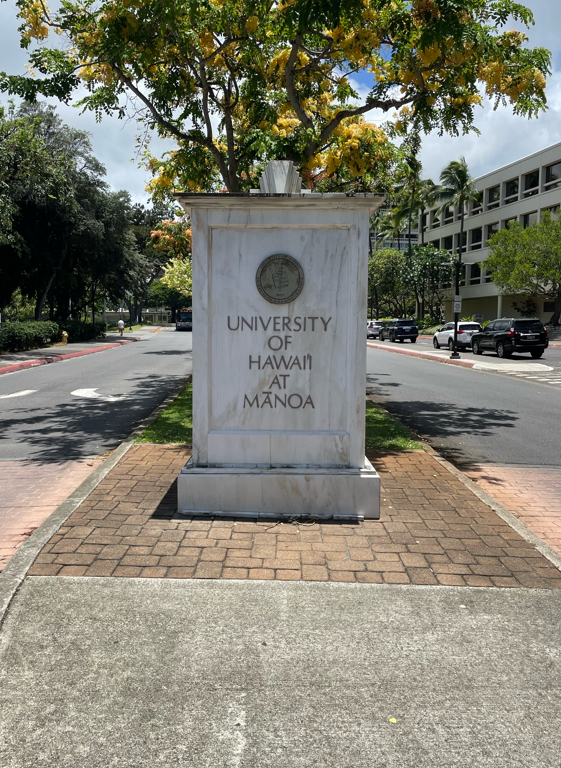
|
134148
|
Jeromyy
|
United States
Honolulu
|
|
|
—
|
Multilingual Hawaiʻi
|
|

|
134149
|
Jeromyy
|
United States
Honolulu
|
|
|
—
|
Multilingual Hawaiʻi
|
|
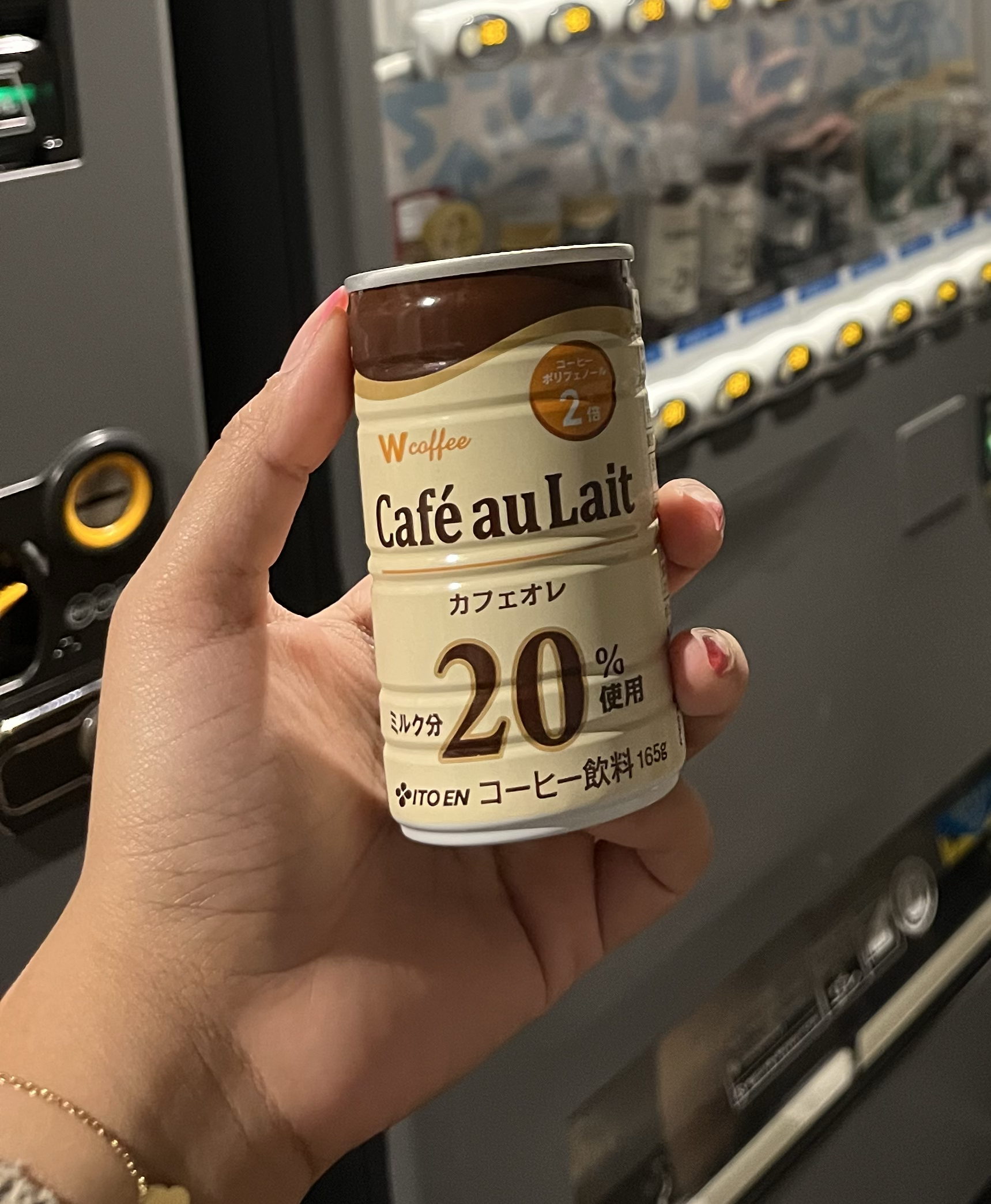
|
134342
|
charrr
|
United States
Honolulu
|
|
|
Encountering a Japanese vending machine, I noticed that it had both Japanese and English on it. Noticing that it had both scripts, it made me realize how ingrained multilingualism is to our state and island. Not only does this serve the local community, but for tourists who can enjoy a bit of their culture here. Seeing just how often and frequently it is to have both Japanese and English script, and basically how normalized it is to have multiple languages in this state, made me aware of how this our public language and how valuable it is to create an inclusive, multilingual environment for everyone.
|
Multilingual Hawaiʻi
|
|
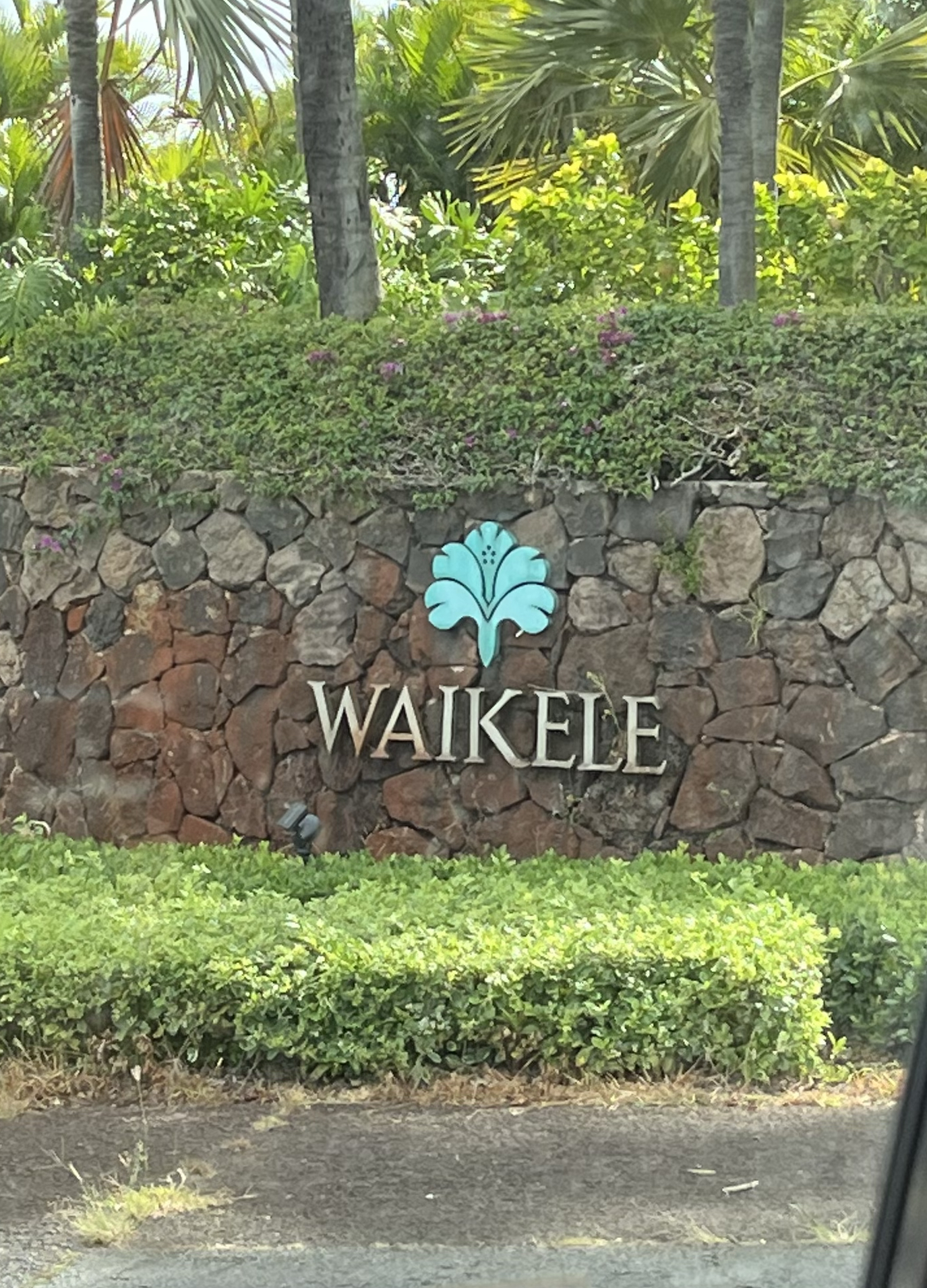
|
134343
|
charrr
|
United States
Waipahu
|
|
|
Seeing place names like Waikele, really emphasizes how important the Hawaiian language is to our culture. As you grow up, the norm becomes something that can be hidden in plain sight, or something that most people overlook, despite it being in our everyday language. However, as we think about multilingualism and think about the connection of the Hawaiian language and how it can shift our culture and communication, we can then use our town names as markers for history, culture, and diversity. We can view this public language as a way to honor the past and encourage language revitalization everyday.
|
Multilingual Hawaiʻi
|
|
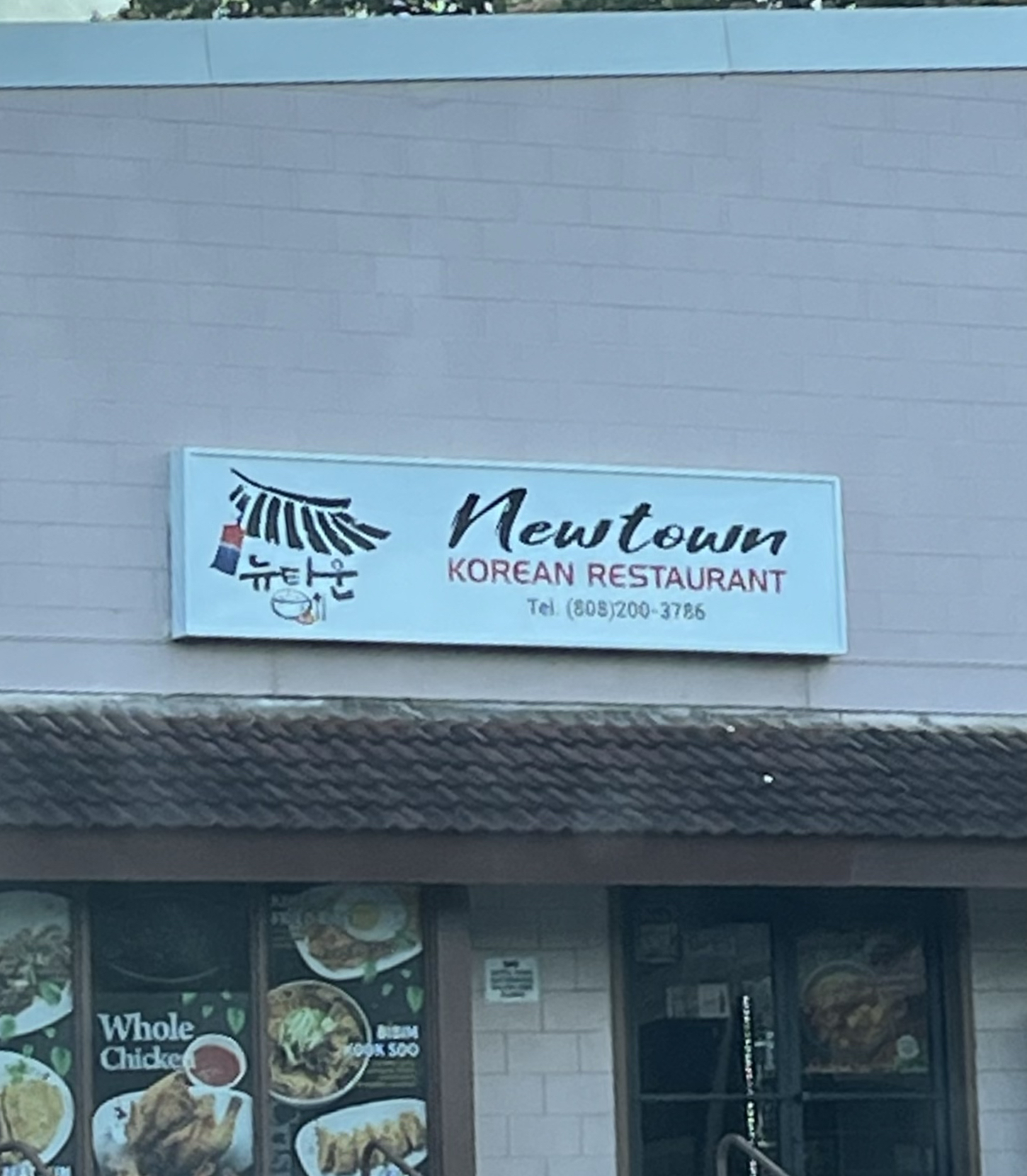
|
134344
|
charrr
|
United States
Aiea
|
|
|
Walking past this town that had a sign in both Korean and English, made me aware of how multilingualism is a daily part of life when living in Hawai’i. As I continue to reflect about the different languages in Hawai’i, it made me realize how much of a melting pot our community is. It had the Korean language big and broad, showing that even in such an environment, these languages are the norm and are here to stay. Recognizing multilingualism in public spaces like this, is another way that language can connect others in a meaningful way, and expand across cultures.
|
Multilingual Hawaiʻi
|
|

|
24839
|
|
United States
Honolulu
|
|
|
This is the design on a T-Shirt. Shaka Bruddah is Pidgin (Hawaiʻi Creole). Shaka refers to a hand sign popular in local Hawaiʻi which has multiple meanings, some of which are ‘thanks’ ‘hello’ ‘goodbye’ while Bruddah is roughly equivalent to English ‘brother’ as a term of endearment. The English translation for Shaka is ‘hang loose’ which is provided on the shirt design. The Hawaiian Islands are located above the Shaka which is flanked by two coconut trees. The bottom contains the words Aloha and Hawaii. This shirt seems to be meant for outsiders making the T-shirt symbolic-synthetic because ‘hang loose’ is not commonly used by locals but rather is used more by the surfer community in the continental US. KS
|
Multilingual Hawaiʻi
|
|
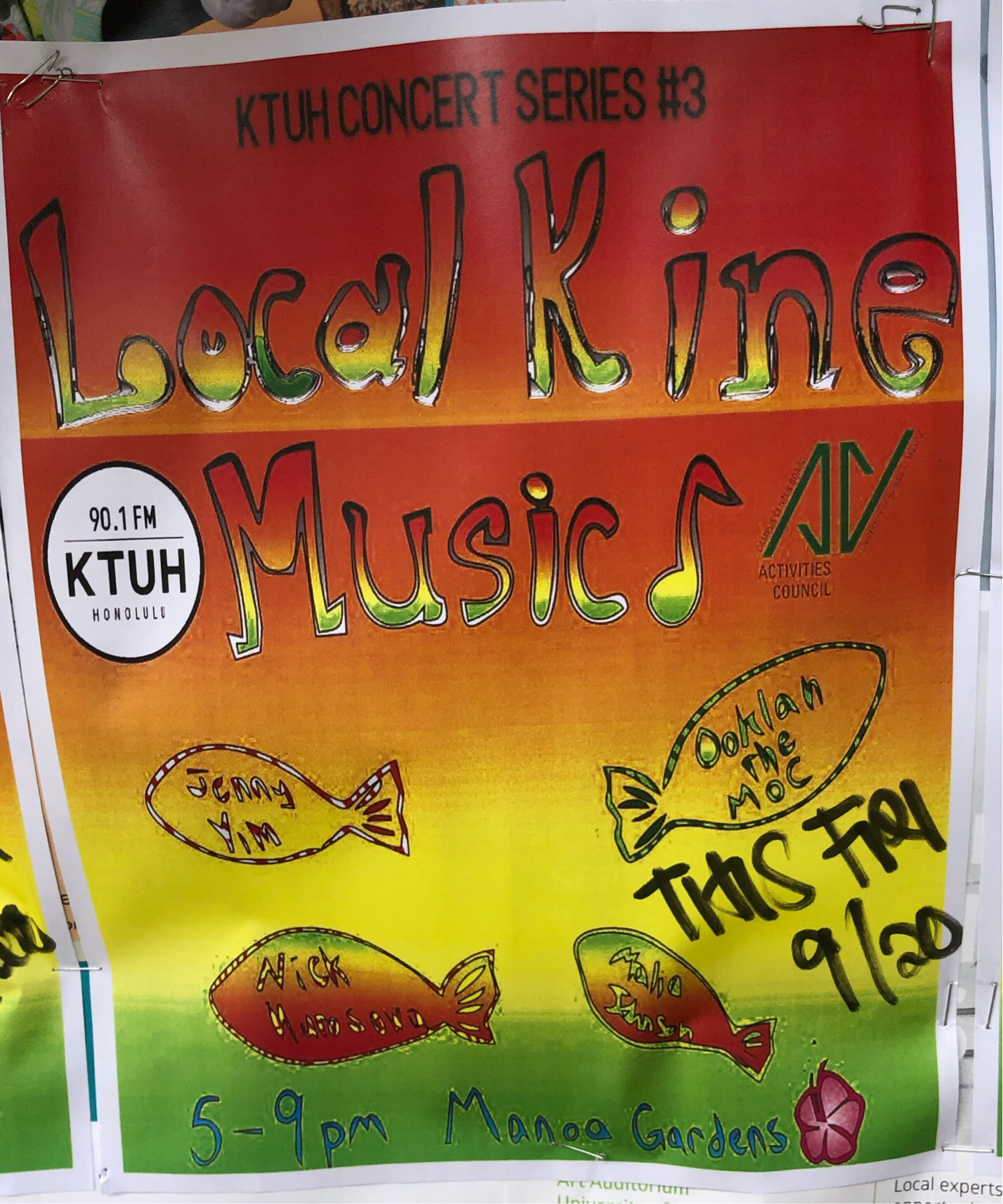
|
24870
|
|
アメリカ合衆国
Honolulu
|
|
|
I found this flyer on the bulletin board on campus. I suppose this is expressive sign because they use “kine” to share the local identity. SS
|
Multilingual Hawaiʻi
|
|

|
24897
|
|
United States
Waipahu
|
|
|
This is a restaurant sign. “Wat Get” is Pidgin (Hawaiian Creole) or “what is there” in English. Wat means “what” in English and “get” is derivative of Chinese from their sentence structure and has the meaning from this sentence “there is/is there.” I believe this sign is an example of symbolic-authentic because this is a common thing locals say and usually only locals get food from here. C.R.
|
Multilingual Hawaiʻi
|
|